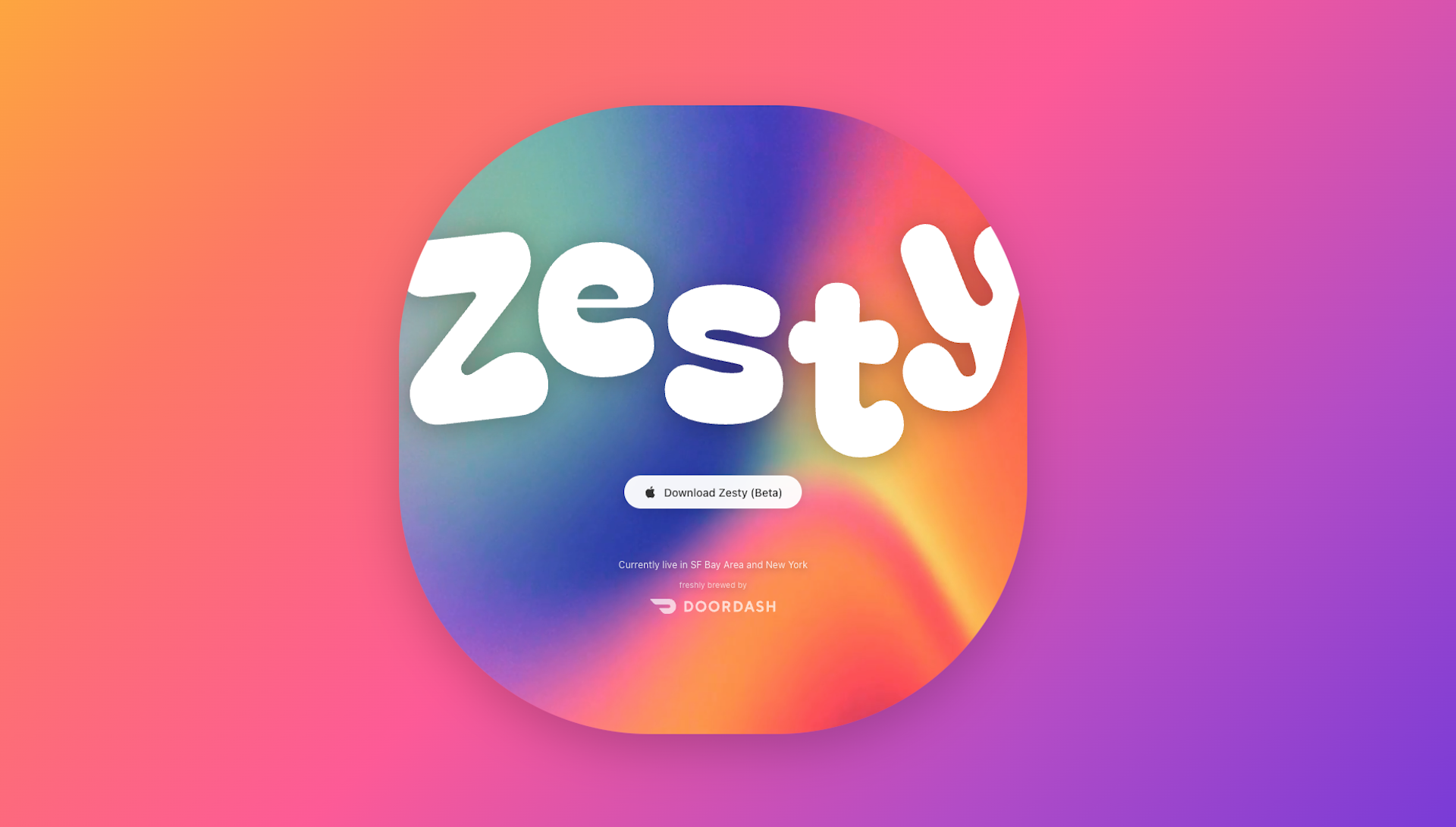Prescription ads bombard your television screen, telling you they can take away your pain.
But have you ever stopped to ask yourself why you're the one asking your doctor for a prescription when they're the ones who diagnose you?
The short answer: It's all about the cash.
Drugs ads are extremely lucrative.
While most other industries have flat-lined their spending, this kind of ad space is only growing.
Since 2012,media analyst Kantar Media says spending is up 64 percent.
The medication advertised is a brand, meaning it's expensive. Some can cost hundreds of dollars for a month or two months' supply, when typically a doctor may have just prescribed the generic instead.
It hasn't always been this way.
In fact, before 1997, the FDA heavily regulated these ads, and almost none existed.
Pharma reps instead went straight to doctors to sell their medications. But now, according to Kantar, pharma is the seventh-largest ad category in America, racking up $6.4 billion in growth.
The FDA does review advertisements, but not necessarily before they hit the airwaves.
This means millions of eyeballs could see these commercials before the FDA decides whether they should stay on the air.
The U.S. is pretty much alone on this. Direct-to-consumer drug ads are illegal everywhere else except New Zealand.
And this space is only evolving. Since the late '90s, most ads have appealed to common ailments like arthritis. Now, ads are being directed to niche markets.
The American Medical Association called for a complete ban of these advertisements in 2015, saying in part, "Direct-to-consumer advertising also inflates demand for new and more expensive drugs, even when these drugs may not be appropriate."
Get a deeper understanding of the stories that matter with Newsy's "The Why" — weekdays 7-9 p.m. ET.




 Do Anti-Drug Ad Campaigns Really Work?
Do Anti-Drug Ad Campaigns Really Work?






